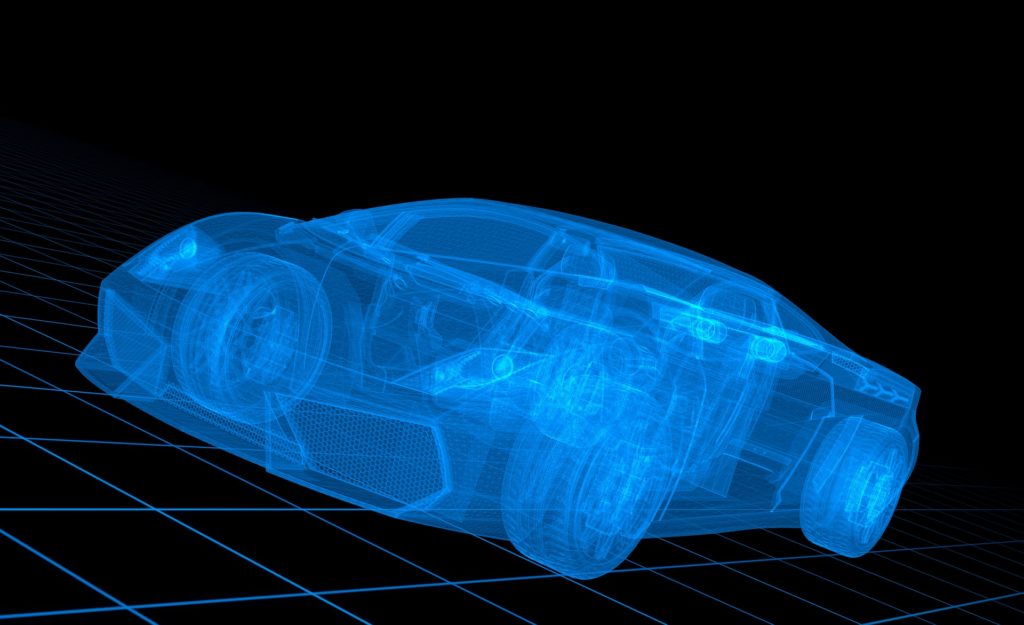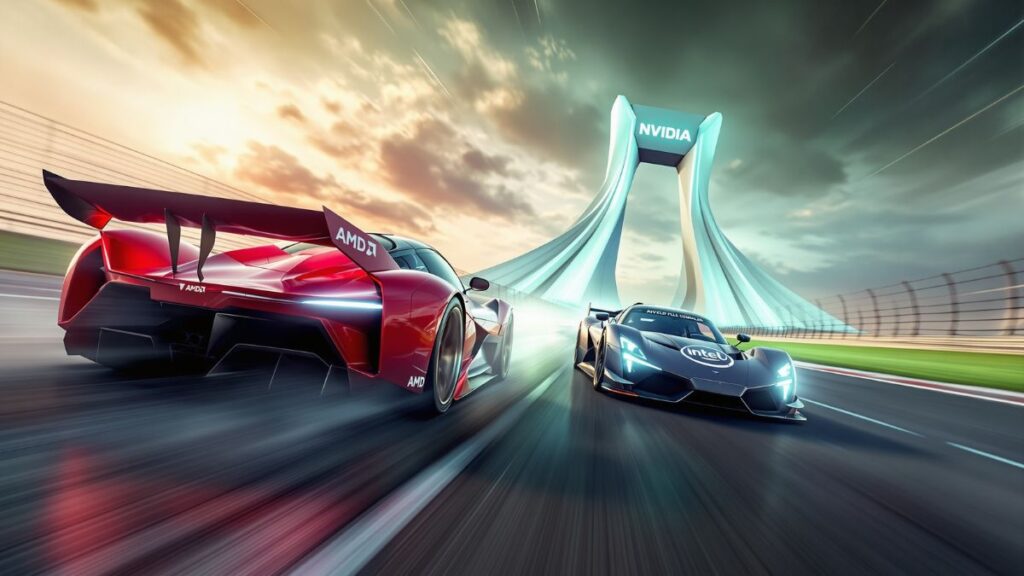Self-driving cars are coming, and I can hardly wait. The idea of being able to sleep on a drive down to Southern or Northern California or just send my car down to meet me when I get off the plane is as compelling as never having to drive myself in traffic again. One of the big issues in any emerging market is that there is a distinct lack of skills surrounding every aspect of it and the more complex the solution the bigger this problem becomes.
With autonomous cars, the level of complexity is literally off the charts because it really involves redesigning the car—taking the driver out as the primary controller and replacing him or her with a computer. This solution doesn’t just require a new computer brain but a matrix of sensors which, together, complete the offering.
NVIDIA, which currently has a massive lead in this space both on the deep learning side and inference side of the AI (artificial intelligence) solution just stepped up with their Hyperion Kit and I think it is another game changer.
NVIDIA Hyperion
At the heart of the NVIDIA Hyperion Kit is the Drive AGX DevKit which is the brains of the solution. This is basically a small supercomputer with multiple 8-core “Carmel” CPUs, a Deep Learning Accelerator, a Volta-class GPU, programmable vision accelerator, stereo and optical flow engine, an image signal processor and video encoder/decoder. The kit adds to this 7 external and 1 internal camera (for driver monitoring), 8 radars, and an optional Lidar component. This provides a comprehensive vision package that should perform in all reasonable weather and light situations and—since the NVIDIA solution is fully trained—provide a near plug-and-play experience once the solution is properly installed and introduced to the car.
Other than installing the computer and sensors, assuring the car has the necessary control infrastructure for self-driving is also necessary—suggesting cars that currently use computer-aided breaking and drive-by-wire systems would be the easiest to upgrade.
Benefits
The benefits of this effort are largely time to market. The kit buyer doesn’t have to qualify the sensors, can get help from NVIDIA as to sensor placement, and doesn’t have to spend time rethinking parts of this solution that are cooked. The result is they have a higher base to start from and thus can cut years out of what would likely otherwise be a 3 to 5-year development process. While not as useful for large car makers—because they are already well down this path—for smaller manufacturers this could make the difference between having a viable solution or not.
Having a larger number of cars capable of at least Level 4 self-driving could massively accelerate the adaption of this technology and help bring needed regulations on line more quickly. With the result that a viable self-driving solution at scale across multiple vendors could be more effectively brought into this decade.
The NVIDIA Car
Eventually I think this progression will result in an NVIDIA car, not for sale to consumers, but as a rolling kit that will allow those that are still late at the end of the decade to catch up. You see, we still need have a full concept of what changes to existing car design concepts need to be made to fully-optimize the switch from human to computer and NVIDIA will—thanks to their very early start in this market—have the best idea how to re-conceptualize this. Things like where the passengers should sit, whether the vehicle should have windows or just displays, and technology placement—particularly on electric drive vehicles which are, largely thanks to Tesla, again coming into market in volume.
Wrapping Up: The Autonomous Car Kit
I’ve actually been hoping NVIDIA would release a kit for their in-car infotainment/binnacle solution, so I could apply it to one of my project cars. But, instead they released a kit for their autonomous car, which—while cool–won’t work on a classic vehicle (no drive by wire). Still, the release of the Hyperion Kit should substantially advance the ramp-up to autonomous vehicles and, from a personal standpoint, allow me to nap or watch movies on long drives and in traffic which I can hardly wait for so I’m not complaining. This effort will also likely assure NVIDIA’s leadership in the segment, though I’m still looking forward to seeing what they think an ideal autonomous car design should look like. It took decades for the initial cars to stop looking like horse drawn buggies and, I expect, in a few decades autonomous electric cars will also look very different than cars of today. NVIDIA could cut decades down to years. Let’s see if they do.
- The Breaking of the Monolith: How HPE and AMD Are Rewriting the AI Script - December 11, 2025
- Intel’s Hiring of Wei-Jen Lo: A Strategic Homecoming, not a Trade Secret Heist - December 2, 2025
- The Unlikely Savior of the AI PC Ecosystem: Why the Lenovo IdeaCentre Mini x (Snapdragon) Matters - November 26, 2025




Comments are closed.